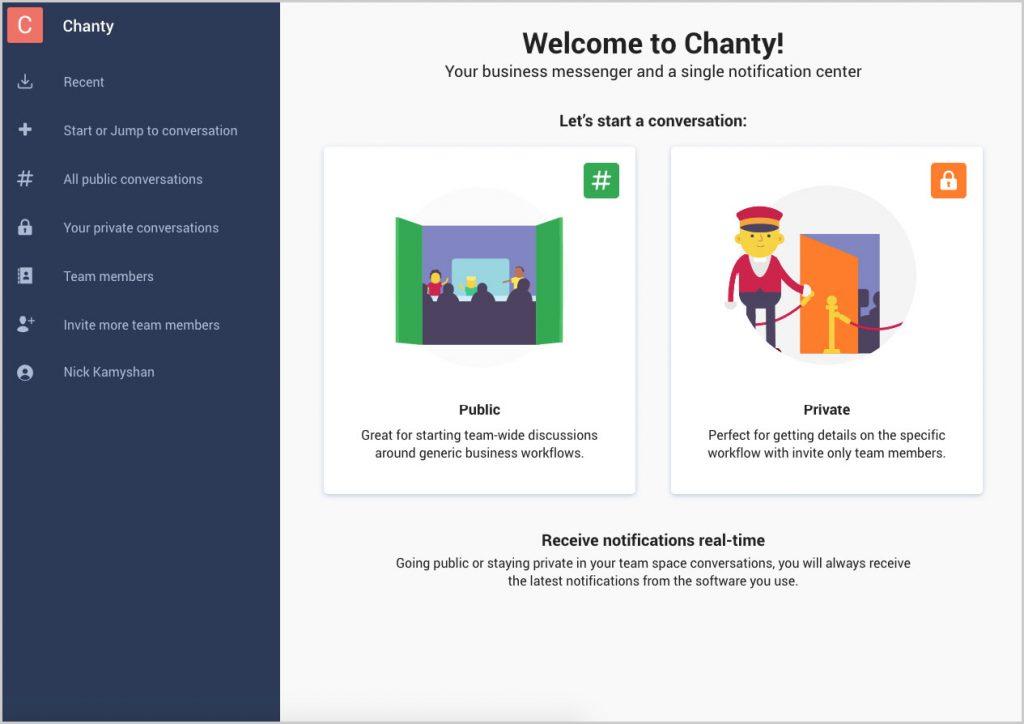In the fast-evolving landscape of Software as a Service (SaaS), the journey from initial signup to successful utilization can often feel like navigating a labyrinth. As businesses increasingly rely on these cloud-based solutions, mastering the onboarding process has emerged as a critical determinant of user satisfaction and retention. This guide, “Mastering SaaS Onboarding: A Guide to Seamless Integration,” delves into the intricacies of effectively onboarding users, transforming what may initially be an overwhelming experience into a smooth and intuitive one. By exploring best practices, proven strategies, and essential tools, we aim to illuminate the path toward not just integrating technology, but creating a supportive environment that empowers users to fully embrace the possibilities of their new SaaS platform. Join us as we unravel the principles of seamless onboarding and equip your team with the knowledge to foster long-lasting engagement and success.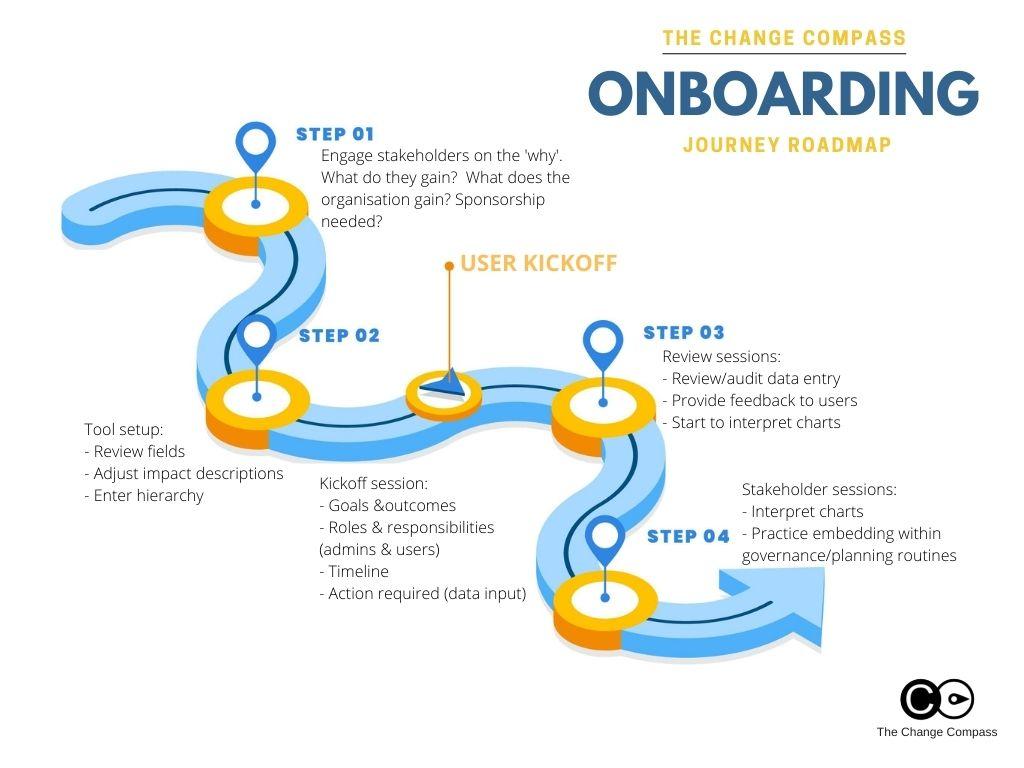
Understanding the Onboarding Journey for SaaS Success
Success in the SaaS sector often hinges on how effectively users are onboarded. A well-structured onboarding journey facilitates user familiarity with the platform, ensuring they can leverage its capabilities from the outset. Key components of this process include:
- User-Centric Design: Tailor the onboarding experience based on user needs and preferences.
- Guided Tours: Implement interactive tutorials that navigate users through core features.
- Immediate Value: Highlight benefits early on to motivate users to explore further.
A granular approach to onboarding can dramatically influence user retention. Establish metrics and feedback mechanisms to fine-tune the process continuously. Consider employing a structured framework, such as the following:
| Stages | Activities | Outcomes |
|---|---|---|
| Awareness | Pre-signup engagement through webinars or demos | Increased user interest and signups |
| Activation | Walkthroughs and setup guides | Users start exploring the platform |
| Retention | Regular check-ins and feedback loops | Enhanced user satisfaction and loyalty |
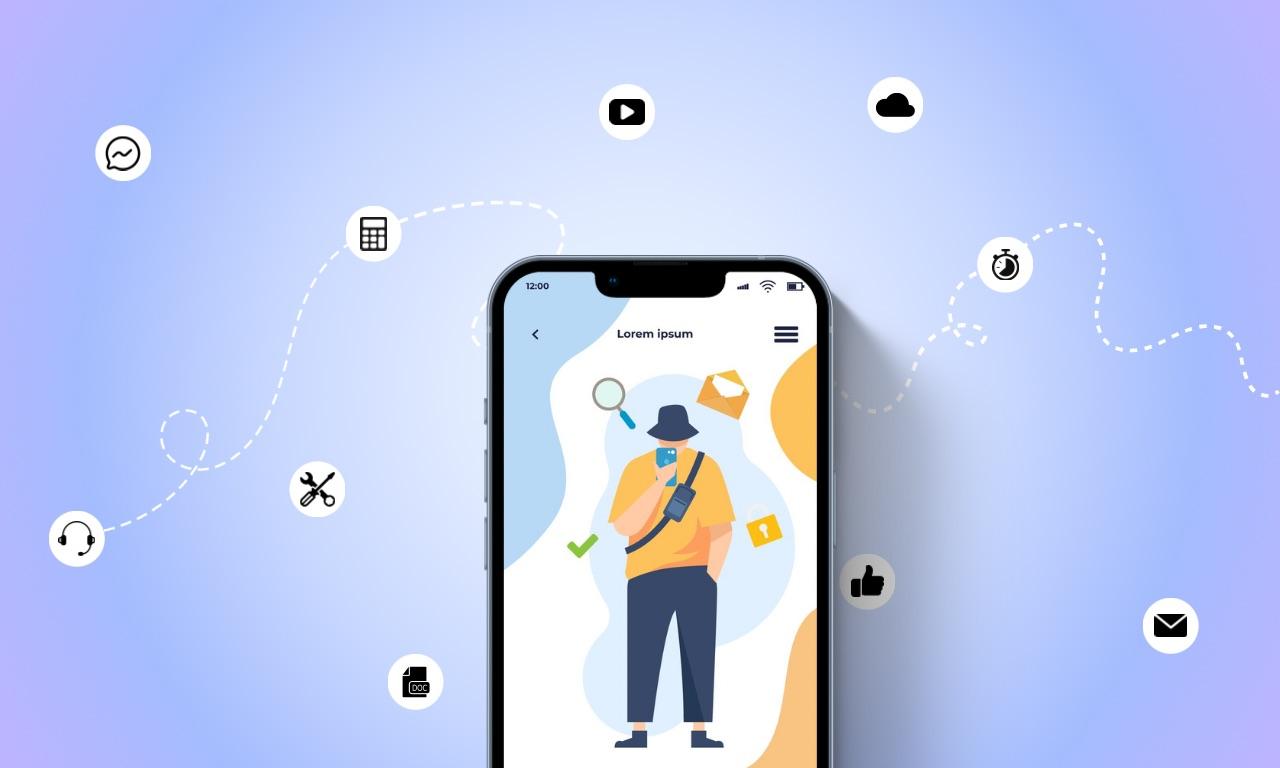
Essential Strategies for Creating Engaging User Experiences
Creating engaging user experiences during the onboarding process can significantly impact how users perceive and interact with your SaaS product. To achieve this, focus on personalization and streamlined communication. Understand user motivations through research and tailor your onboarding content to resonate with their goals. Highlight key features that align with their needs, using a combination of visuals and text that clearly convey value. Additionally, consider implementing interactive elements, such as tooltips and walkthroughs, which guide users through essential functionalities without overwhelming them.
A successful SaaS onboarding strategy should also emphasize continuous support and feedback loops to foster a sense of community. Offering resources such as video tutorials, FAQs, and live chat options can help users feel more connected and supported. Establish mechanisms for collecting user feedback throughout the onboarding process; this can be as simple as quick surveys or check-in emails. Regularly analyzing this feedback allows you to identify pain points, enabling you to refine and optimize the onboarding experience continuously. Below is a table highlighting key strategies and their potential benefits:
| Strategy | Benefits |
|---|---|
| Personalization | Improved user engagement and satisfaction |
| Interactive Tutorials | Enhanced user understanding and retention |
| Ongoing Support | Increased user confidence and loyalty |
| User Feedback | Continuous improvement of onboarding experience |
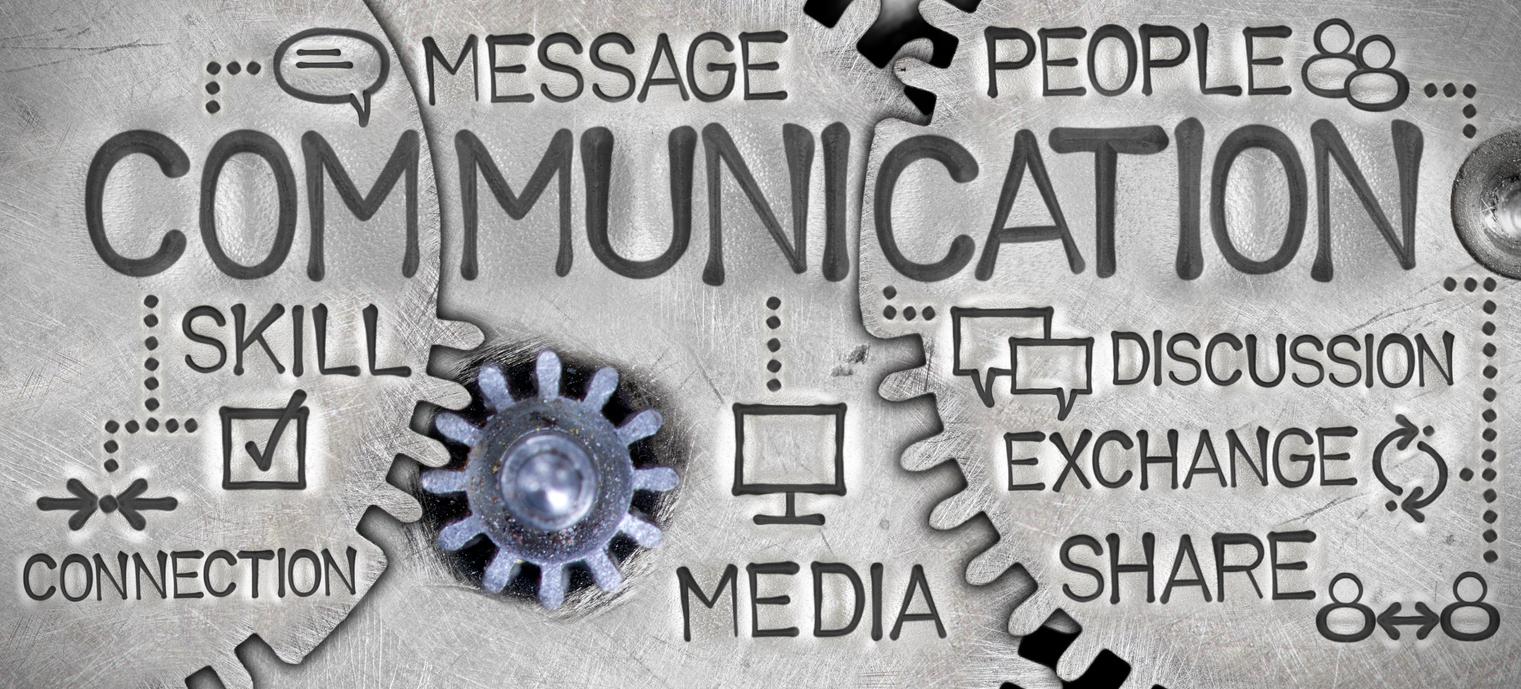
Streamlining Communication and Support Channels for New Users
Enhancing communication and support channels for new users is vital for a smooth onboarding experience. To ensure that users feel supported from their very first interaction, it’s essential to implement a multi-faceted approach. This can include the following elements:
- Interactive Tutorials: Provide guided walkthroughs that allow users to explore key features at their own pace.
- Live Chat Support: Implement real-time assistance to address immediate questions or concerns, providing quick resolutions.
- Comprehensive Knowledge Base: Develop an extensive library of articles, FAQs, and troubleshooting guides accessible 24/7.
- User Feedback Mechanism: Encourage users to share their experiences to help refine the onboarding process continuously.
A well-structured communication plan is equally important in keeping users informed and engaged. By utilizing various channels, you can ensure that users receive consistent information tailored to their needs. Here’s a simple layout of effective communication strategies:
| Channel | Purpose |
|---|---|
| Email Newsletters | To share updates, tips, and onboarding timelines. |
| Webinars | To provide in-depth training and answer user queries live. |
| Community Forums | To foster peer support and share success stories. |
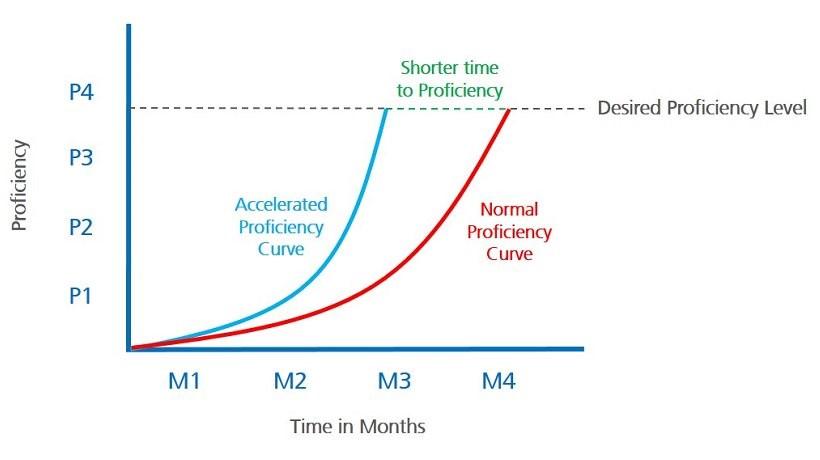
Measuring Onboarding Effectiveness: Metrics and Continuous Improvement
To ensure a successful onboarding experience for your SaaS product, it’s crucial to track specific metrics that reflect user engagement and satisfaction. Regularly monitoring these KPIs will enable you to adjust your strategies and foster continuous improvement. Here are some key metrics to consider:
- Time to First Value (TTFV): Measure the duration it takes for users to achieve their first success milestone within the software.
- Completion Rate: Evaluate the percentage of users who complete the onboarding process, indicating the effectiveness of your onboarding materials.
- User Retention: Track how many users continue to engage with the product after the onboarding phase, highlighting long-term satisfaction.
- Customer Feedback: Collect qualitative data through surveys or interviews to gain insights into users’ experiences and suggestions for improvement.
By analyzing these metrics, you can identify potential bottlenecks and areas for enhancement within your onboarding process. Establish a feedback loop where results inform adjustments to the onboarding materials, training sessions, and customer support. Below is a sample table to illustrate how to categorize your findings:
| Metric | Current Performance | Target Performance | Action Steps |
|---|---|---|---|
| Time to First Value | 5 days | 2 days | Enhance troubleshooting resources |
| Completion Rate | 70% | 90% | Revise onboarding tutorial videos |
| User Retention | 40% | 70% | Implement follow-up email campaigns |
In Conclusion
mastering SaaS onboarding is not merely a checkbox to tick but a vital investment in the long-term success of your software and your users. A seamless integration fosters trust, enhances user experience, and ultimately drives retention and satisfaction. As you embark on or refine your onboarding processes, remember that clarity, empathy, and engagement are your best allies. By aligning your onboarding strategies with the unique needs of your users, you transform a potentially daunting transition into an empowering journey. Armed with the insights shared in this guide, you are now equipped to create an onboarding experience that not only welcomes users but also inspires them to thrive within your SaaS ecosystem. The road ahead may be complex, but with a thoughtful approach, you can pave the way for lasting relationships and success. Happy onboarding!


